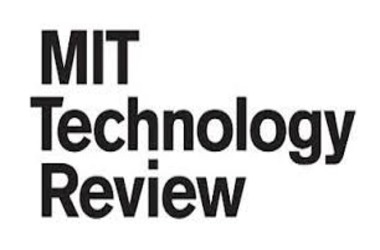
The article also argues that blockchain is not simple as understood by many and its functioning depends on human behavior, which is not predictable precisely.
The review also highlighted several security violations that are popping up often in the cryptocurrency sector and smart contract platforms. In particular, the article pointed to double spending vulnerability that was discovered on Coinbase, a leading US based cryptocurrency exchange.
The article has additionally mentioned about several conditions that makes blockchain susceptible, including from human error and unpremeditated bugs in the chain.
The magazine further states
“In short, while blockchain technology has been long touted for its security, under certain conditions it can be quite vulnerable. Sometimes shoddy execution can be blamed, or unintentional software bugs. Other times it’s more of a gray area — the complicated result of interactions between the code, the economics of the blockchain and human greed.”
While explaining the deficiencies of blockchain technology, the Review has pointed to the bountry programs run by blockchain and crypto companies that offer awards to white hat hackers who discover and alert the promoters about the vulnerability in a blockchain platform.
A report by TheNextWeb indicates that white hat hackers were rewarded as much as $878,000 for identifying crypto bugs in 2018.
Of late, Coinbase paid $30,000 in reward for the information about a major bug on its system. It is the largest reward ever given to a white hat hacker, in this case ‘HackerOne.’
In the meanwhile, MIT Technology Review has forecast that blockchain will become an accepted norm in 2019, even though the crypto sector suffered setbacks in 2018.